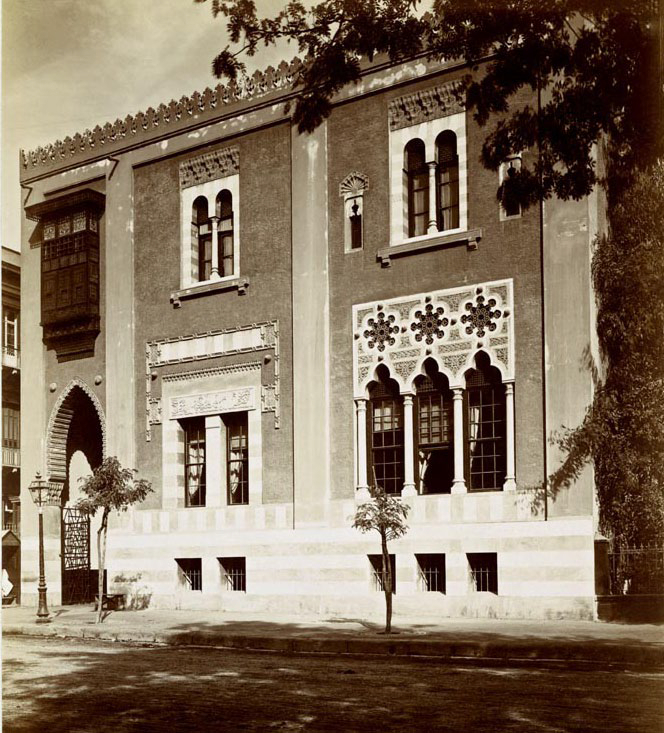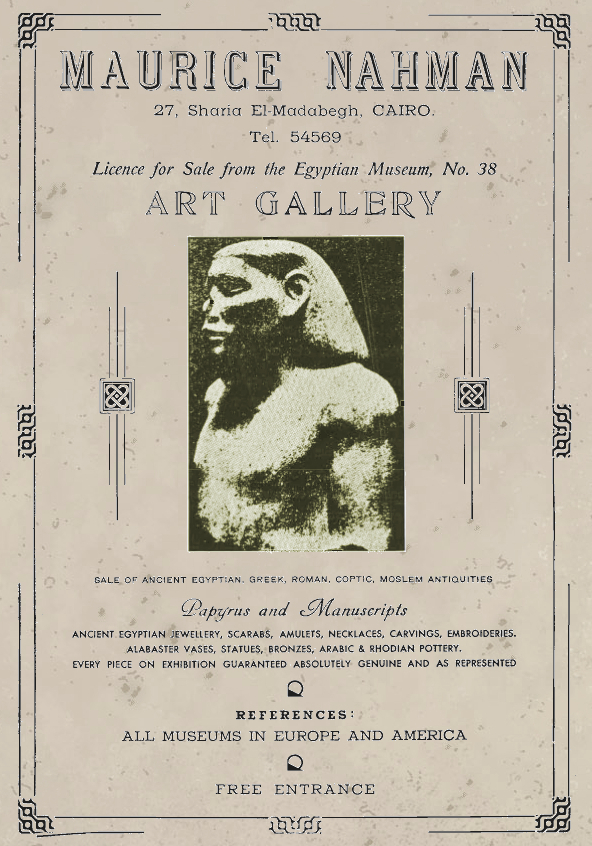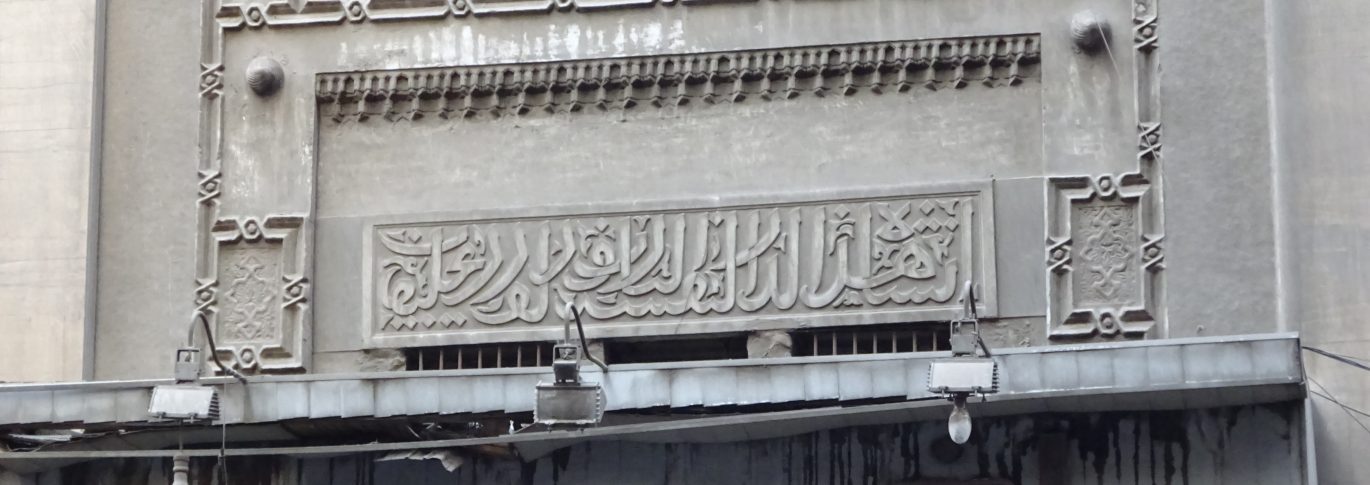
A house standing on 27 Madbagha Street, in downtown Cairo, ornate with striking Islamic and Gothic-style architecture, was once a gleaming beacon of innovation—an epicentre for Egypt’s modern art movement. Today, only the ghostly past of Cairo’s Villa Medici remains: a memory standing on the now-renamed Sherif Street sandwiched between two towering structures, left derelict and abandoned.
Although Cairo’s Villa Medici lies unassuming at present, the tale behind this venue speaks volumes of far-reaching historical and cultural influence on the development of Egypt’s modern art movement.
A New Age for Egyptian Art
In the late 1800s, Cairo was becoming a magnet for orientalists, egyptologists and art connoisseurs of the highest pedigree. An extravagant French industrialist and a Cairo-based resident, Alphonse-Léopold, widely known as Baron Alphonse Delort de Gléon was profoundly attracted to Egyptian art and culture.
According to an article by Rawi magazine, Gleon had a vision for a new hub for creative and artistic communities in Cairo, a cercle artistique that would later come to embody Egypt’s first art society.
Léopold was renowned for having “replicated the ‘Villa Medici’—the home of the French Academy in Rome—in Cairo” and created a new space for Egyptian artists in the process. The architectural designs for the villa, a convergence of Arabic and Gothic, imbued cultural dialogue and artistic innovation.
Originally, the ‘Villa Medici in Rome’ was an institution that helped nurture young French artists on their quest to discover and learn from the great masterpieces of antiquity or the renaissance found in Rome. Since 1803, the Villa Medici in Rome has remained a vibrant center for artistic circles.
According to Mercedes Volait, a prominent Research Professor at the Institut National d’Histoire de l’Art in Paris, the property was a very “fine bachelor’s house, where exceptional entertainment and distraction was provided for young gentlemen.”
Cairo’s Villa Medici would come to host some of the era’s most famous painters, artists and exhibitions. A series of exhibitions were held at Villa Medici, following the establishment of the School of Fine Arts, among the works exhibited were a bronze by Mahmoud Mokhtar (1891–1934), and the paintings of Ragheb Ayad (1892–1982), both notable figures of this pioneering generation of modern Egyptian artists.
The works of these upcoming and rising artists, later were recognized as the founding fathers of Egyptian Modern Art.
Decrepit Legacies

The shift away from Madbagha Street began in the early 1920s, as the Egyptian Modern Art Movement began to flourish and expand exponentially.
Maurice Nahman, a leading antiquities dealer with an extensive collection of ancient Egyptian, Islamic and Coptic artefacts, would later come to acquire the property. Nahman was recognized as the foremost dealer of ancient Egyptian artefacts, having sold quality Coptic and Islamic pieces to the most distinguished European museums who “had yet to establish independent departments dedicated to these fields” according to the American Research Center in Egypt (ARCE).
Abdulfattah believes that Nahman’s legacy has helped shape public and private perceptions of a nascent discipline. In fact, according to the Historical Society of Jews from Egypt Organisation, Nahman was reportedly the inspiration behind the dealer Ayyub in Shadi Abdel Salaam’s first feature film Night of Counting the Years based on a true story of the discovery of 40 royal mummies in 1881.
However, the history of the building from after Nahman is one of controversy, as conflicts over the ownership would see the rapid neglect and abandonment of the property. In the spring of 2014, the state issued a demolition permit for 27 Madbagha Street.
A place once brimming with creation, art and culture; Cairo Villa Medici’s contributions towards the founding of the Egyptian modern art movement has been overlooked.
Unfortunately, like so many architectural monuments in Egypt that were once witness to great cultural history and social change, such as Umm Kalthoum’s demolished villa, are today destined for rubble and debris.







Comments (2)
[…] A Glorious Pastime and Uncertain Future: Cairo’s Villa Medici […]
[…] تسلية مجيدة ومستقبل غير مؤكد: فيلا ميديشي في القاهرة […]